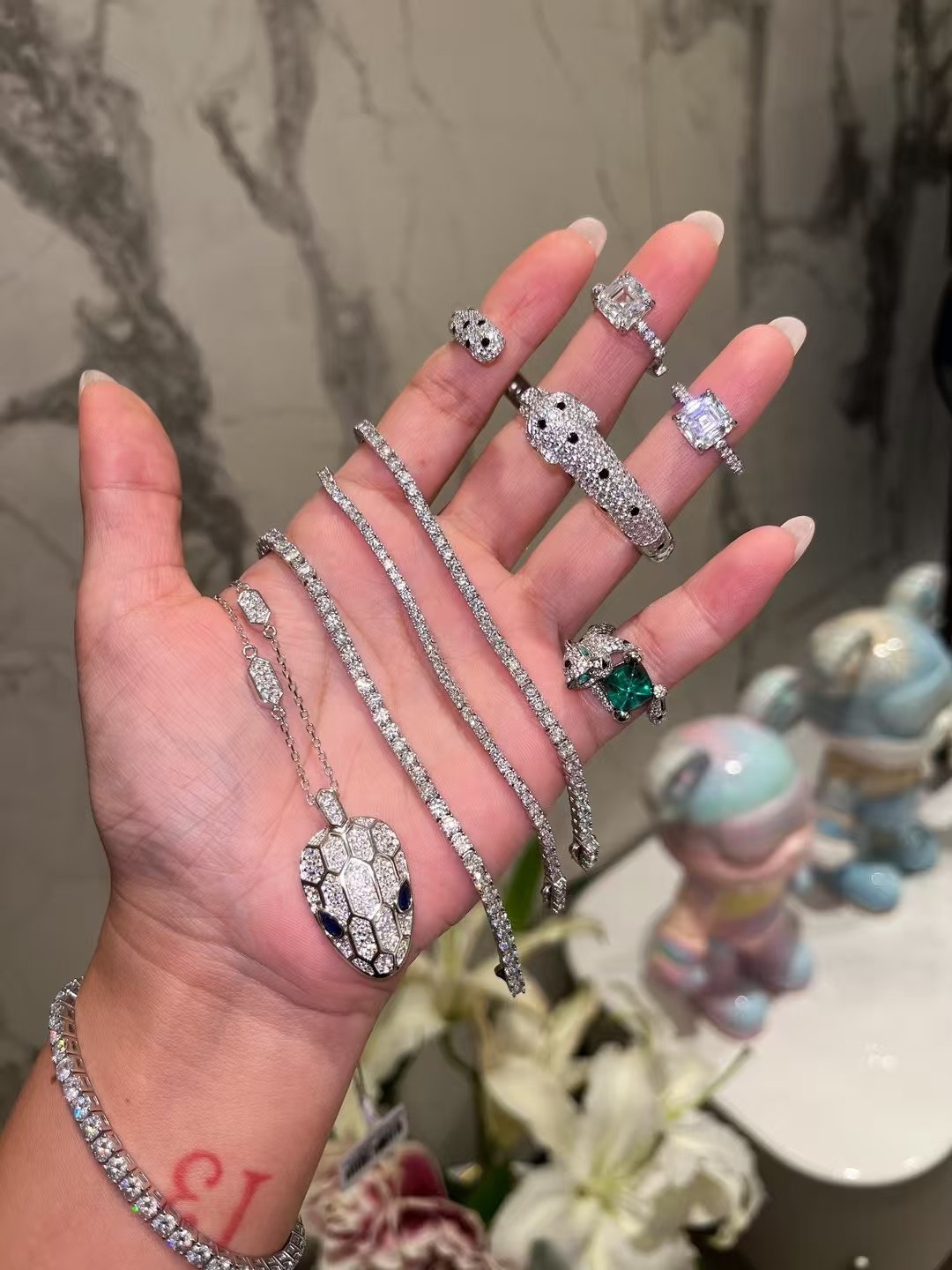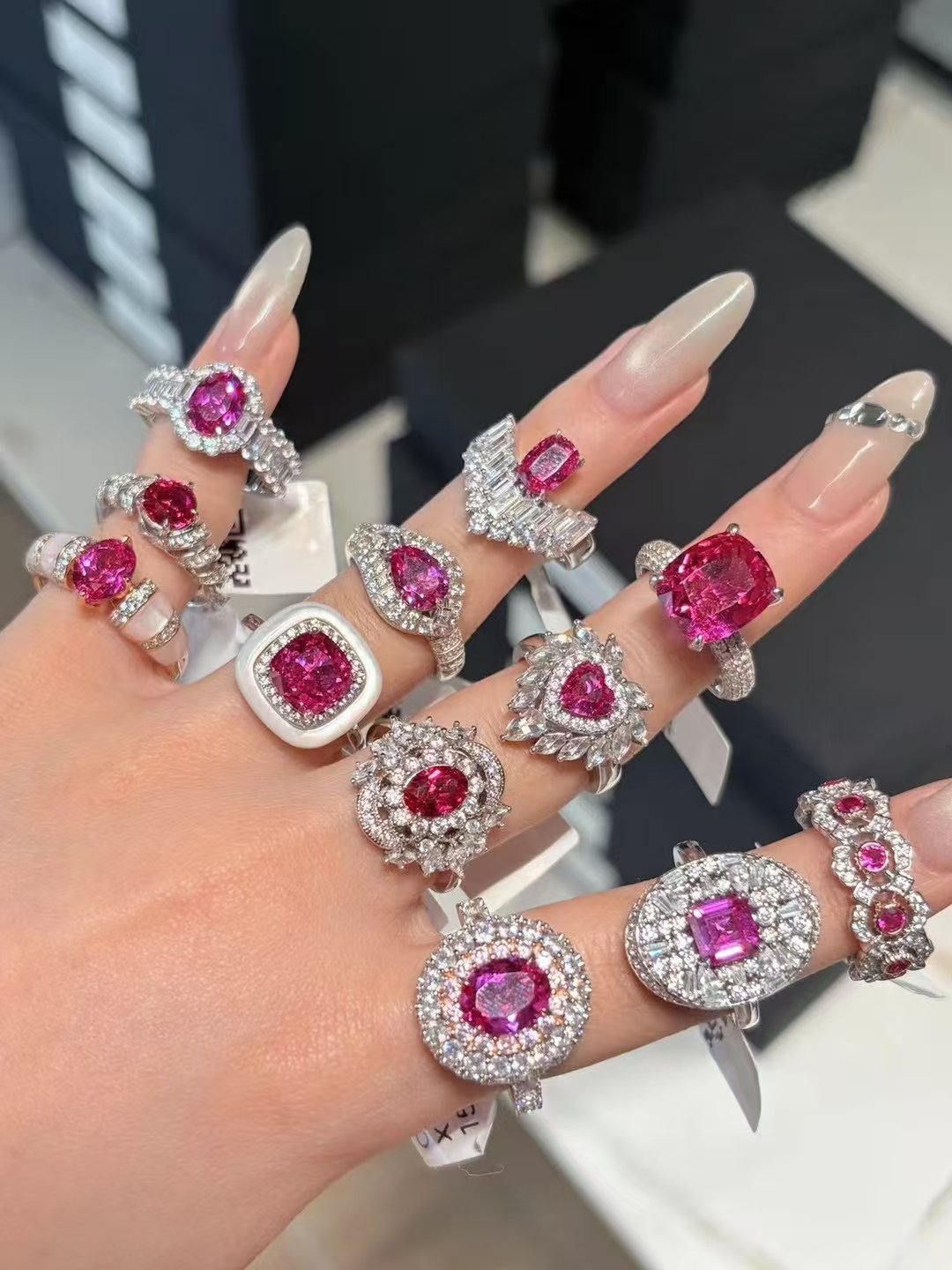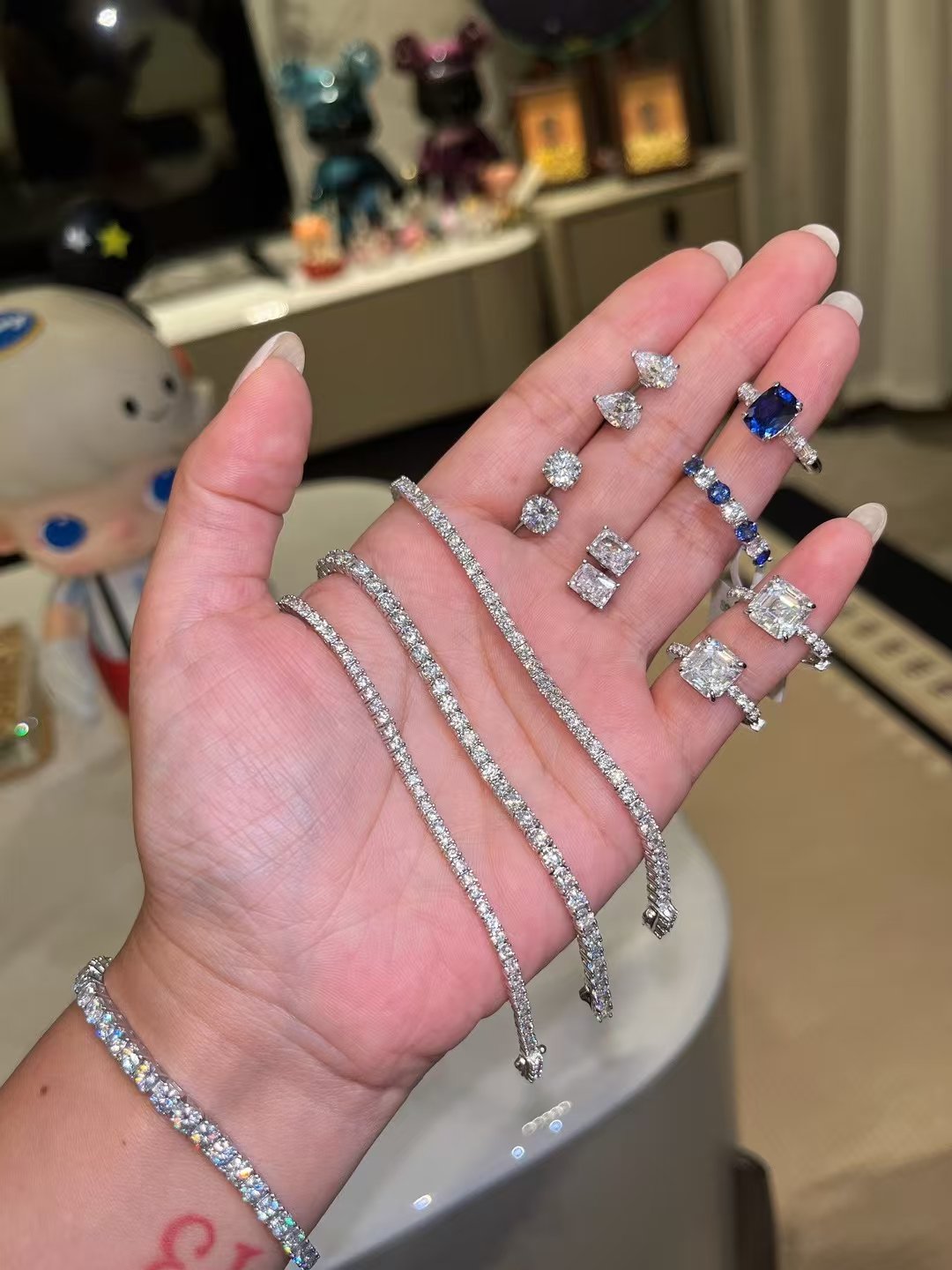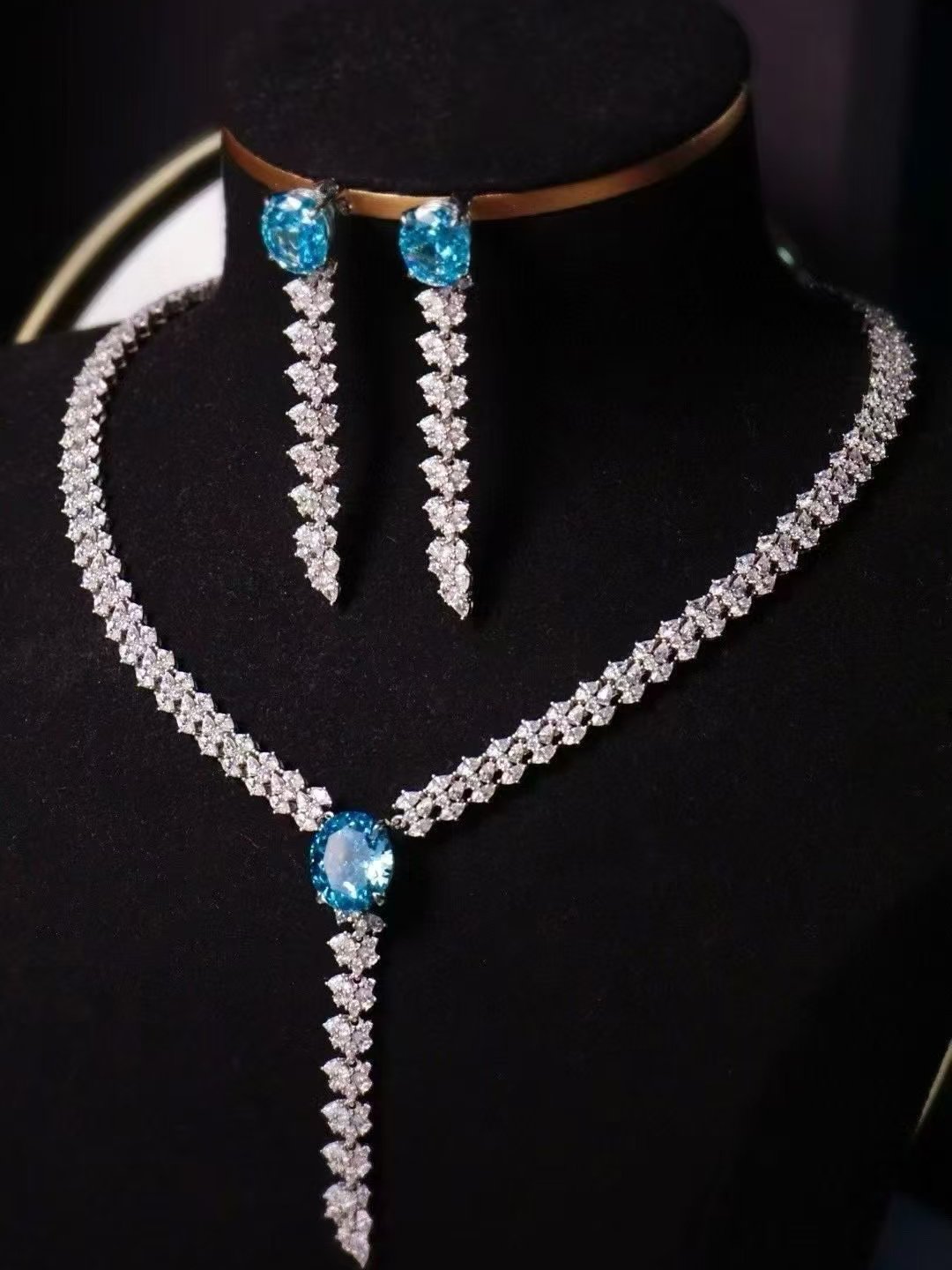Jewelry Preservation: Safeguarding Your Sentimental Pieces
Jewelry often holds significant emotional value, serving as a testament to cherished memories, special occasions, or loved ones. Whether it’s a piece handed down through generations or a recent gift, preserving these sentimental treasures is essential. Here’s how to protect, maintain, and cherish your jewelry while ensuring its longevity.
Understanding the Value of Jewelry Preservation
Jewelry is not just about aesthetics; it’s often intertwined with personal narratives. Preserving it means safeguarding the stories, sentiments, and traditions associated with each piece. Regular maintenance not only keeps jewelry looking its best but also prevents the deterioration of materials and craftsmanship.
Factors That Affect Jewelry Longevity
Material Sensitivity: Different metals and gemstones have unique properties. For example, softer stones like opals and pearls can scratch easily, while metals like gold and platinum are more resilient.
Environmental Conditions: Exposure to humidity, extreme temperatures, and even harsh sunlight can damage jewelry. Chemicals from lotions, perfumes, or cleaning agents can also lead to tarnishing or discoloration.
- Wear and Tear: Frequent wearing of jewelry increases its likelihood of damage. Chain links can break, stones may come loose, and settings can wear down over time.
Tips for Preserving Your Jewelry
1. Proper Storage
- Use Individual Cases: Store each piece in a separate cloth pouch or jewelry box to prevent scratching and tangling.
- Control Humidity: Keep your jewelry in a cool, dry place. Using silica gel packets can help to absorb excess moisture.
- Avoid Sunlight: Store jewelry away from direct sunlight to prevent fading and discoloration, especially for gemstone properties.
2. Regular Cleaning
- Gentle Solutions: Clean jewelry with a mild soap solution and a soft cloth or brush. Avoid abrasive materials that can scratch surfaces.
- Professional Cleaning: For intricate pieces, consider a yearly professional cleaning to ensure deep cleansing and inspections for loose stones or damaged settings.
3. Maintenance Checks
- Inspect Settings: Regularly check prongs and settings to ensure stones are secure. Address any damage immediately to prevent loss.
- Chain Links and Clasps: Frequently inspect chains and clasps for signs of wear, replacing them if necessary.
4. Avoiding Damage in Everyday Life
- Remove Before Activities: Take off jewelry before engaging in activities that may cause damage, such as exercising, swimming, or cleaning.
- Limit Chemical Exposure: Keep jewelry away from harsh chemicals, chlorine, or even cosmetics. Always apply lotions or perfumes before putting on jewelry.
5. Insurance and Documentation
- Get Appraised: Consider having your jewelry appraised for its value, especially for high-value pieces. Keep a written record or certificate.
- Insurance: Insure expensive or sentimental items, protecting them from loss or theft.
Restoring Vintage or Worn Pieces
For older or damaged jewelry, consider professional restoration. Jewelers can repair shoddy settings, replace missing stones, and often enhance the piece’s beauty while preserving its integrity. Restorations can breathe new life into vintage items, allowing them to be worn and appreciated once more.
Conclusion
Jewelry preservation is not merely about maintenance; it’s a heartfelt journey of safeguarding memories. By understanding your jewelry, practicing diligent care, and employing professional services when necessary, you can ensure that these cherished pieces remain a part of your story for years to come. Embrace each piece’s unique narrative, and take pride in preserving the legacies they represent.









